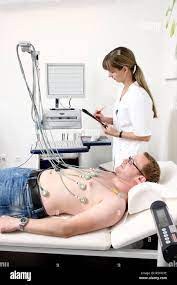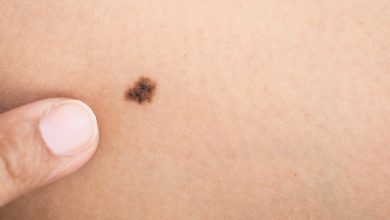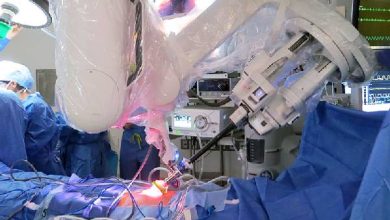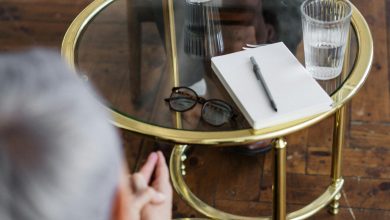What are The goals of Physical Therapy

The goals of physiotherapeutic treatment are varied, and there are good implications of this ability for its functioning for the span of the wide spectrum between rehabilitation of lost or not yet acquired ability of physical therapy and the preservation of an existing condition and the prevention of exacerbation.
The physiotherapist’s treatment skills are varied. It includes, among other things, manual therapeutic techniques, medical exercises, the use of diverse technological devices, and adaptation of the environment to the functioning of the person. To apply professional intervention in this field, the physiotherapist must have an in-depth understanding of the person’s functioning physically, mentally, socially, and culturally and must follow the rules of professional ethics.
The purpose of physiotherapeutic treatment in the education system is to enable the student to reach his potential. So that he can integrate, function, study, and enjoy the educational framework in which he studies.
The functions of physical therapy in the education system include locating students who need physiotherapy treatments in cooperation with the educational team, conducting assessments using standard observations and diagnoses, and building an intervention program using accepted treatment methods.
The intervention of the physiotherapist in the education system includes the following areas:
Accessibility and adaptation to the study environment:
The physiotherapist examines the students’ study environment and recommends the necessary adjustments to allow the students safe study space in his classroom, the classrooms, the toilets, the dining room, in the courtyard in all the transitions between them.
The physiotherapist guides the team on how and the need to use the various adjustments, such as handcuffs, handrails, inclines, the height of the student table, the location of his class, etc. The physiotherapist recommends the purchase of means of assistive technology such as a wheelchair, or a crane, if necessary. At the request of the Ministry of Health, the physiotherapist makes a home visit for the recommendation.
Mobility inside and outside the educational framework: The physiotherapist recommends the optimal and safe manner of mobility for the student, using aids such as wheelchairs, rollers, crutches, etc. After adjustment, the physiotherapist practices with the student the use of the aids that have been adapted to him, inside and outside the educational framework, to enable the student to experiment with surfaces with diverse textures, stairs, etc. He also guides the educational staff about the degree and manner of accompaniment required for the student in mobility.
Adapted seating in the classroom: The physiotherapist adapts the optimal form of seating for the student. It will allow him maximum participation in the class’s activities taking into account his unique needs.
Participation in physical education lessons: For students integrated into regular education: The physiotherapist will guide the physical education teacher regarding how the student participates in the lesson, the duration of the activity, the type of activity special adjustments, and more. In special education, the physiotherapist will guide the sports teacher regarding necessary adjustments to the student.
Motor activity related to leisure time: The physiotherapist will ensure that the student can participate in recreational activities (such as the use of yard facilities) safely and enjoyably and will guide the educational staff about the amount of help or supervision required.
Independence in daily activities: The physiotherapist will determine what the facilitators are, physical accessibility, accessories, or braces that allow the student maximum independence in daily activities and will guide the auxiliary staff and the teaching staff to enable maximum independence in functions.
The treatment of physiotherapy will be measured in:
a) In functional terms, such as walking, independent sitting, transitions between poses, entrance, and exit from the classroom or school complex, use of yard facilities, and more.
b) Clinical terms such as improving ranges of movement, analgesic alleviation, improving breathing, etc.
Apart from this if you are interested to know more about Sports Injuries: Types, Treatment and Prevention then visit our Health category.





